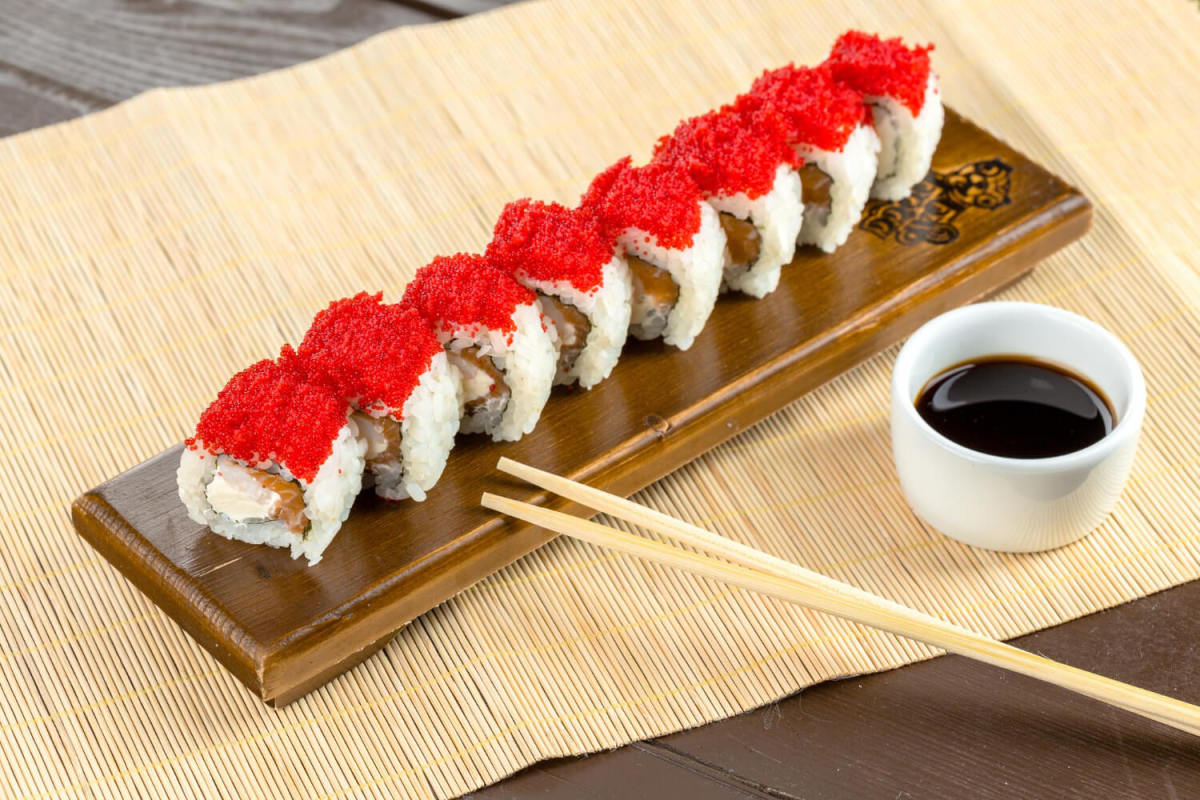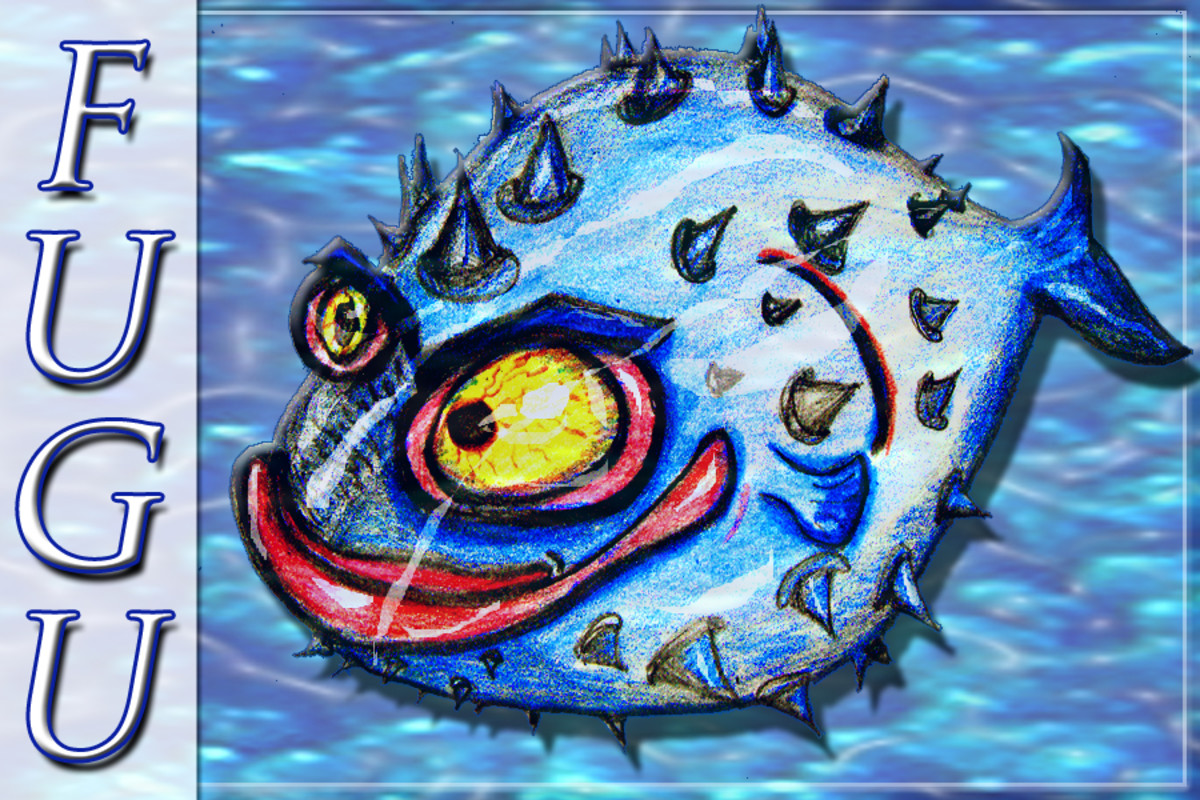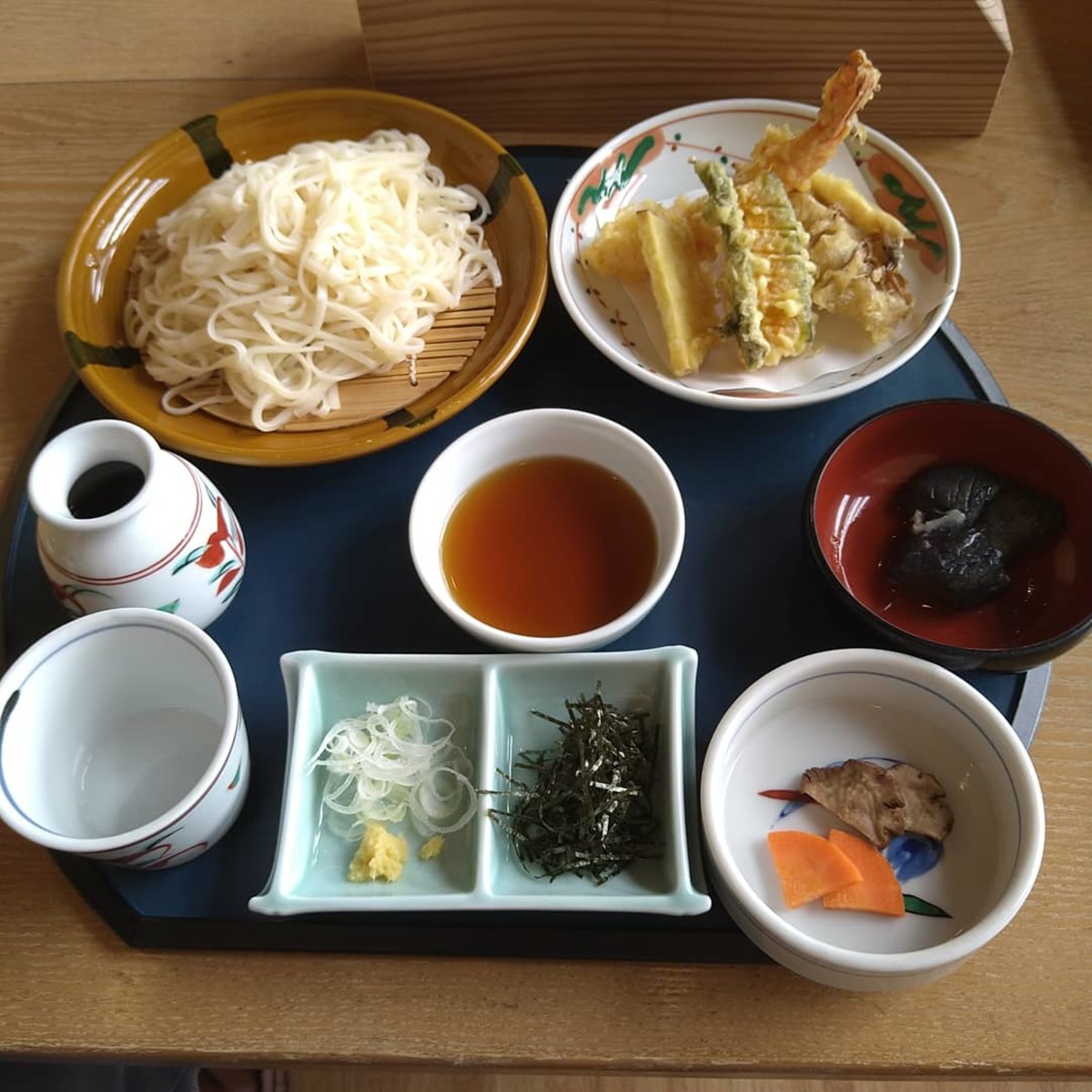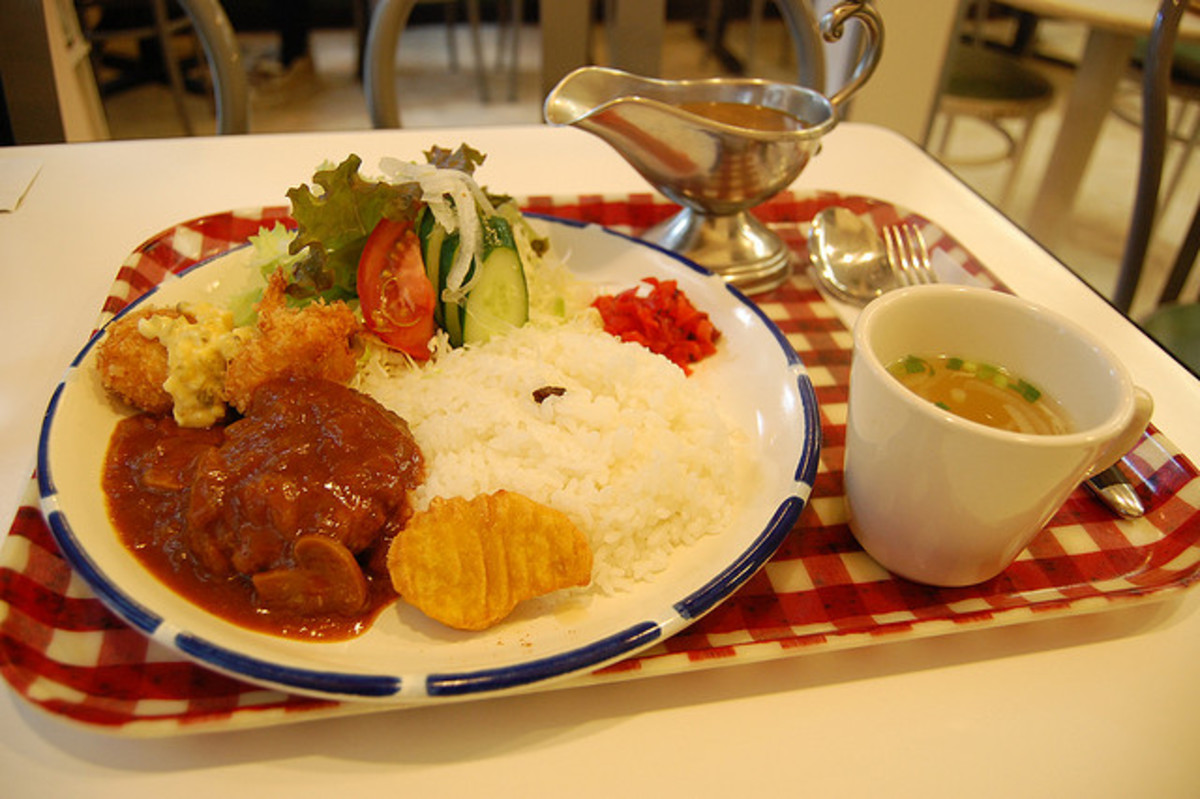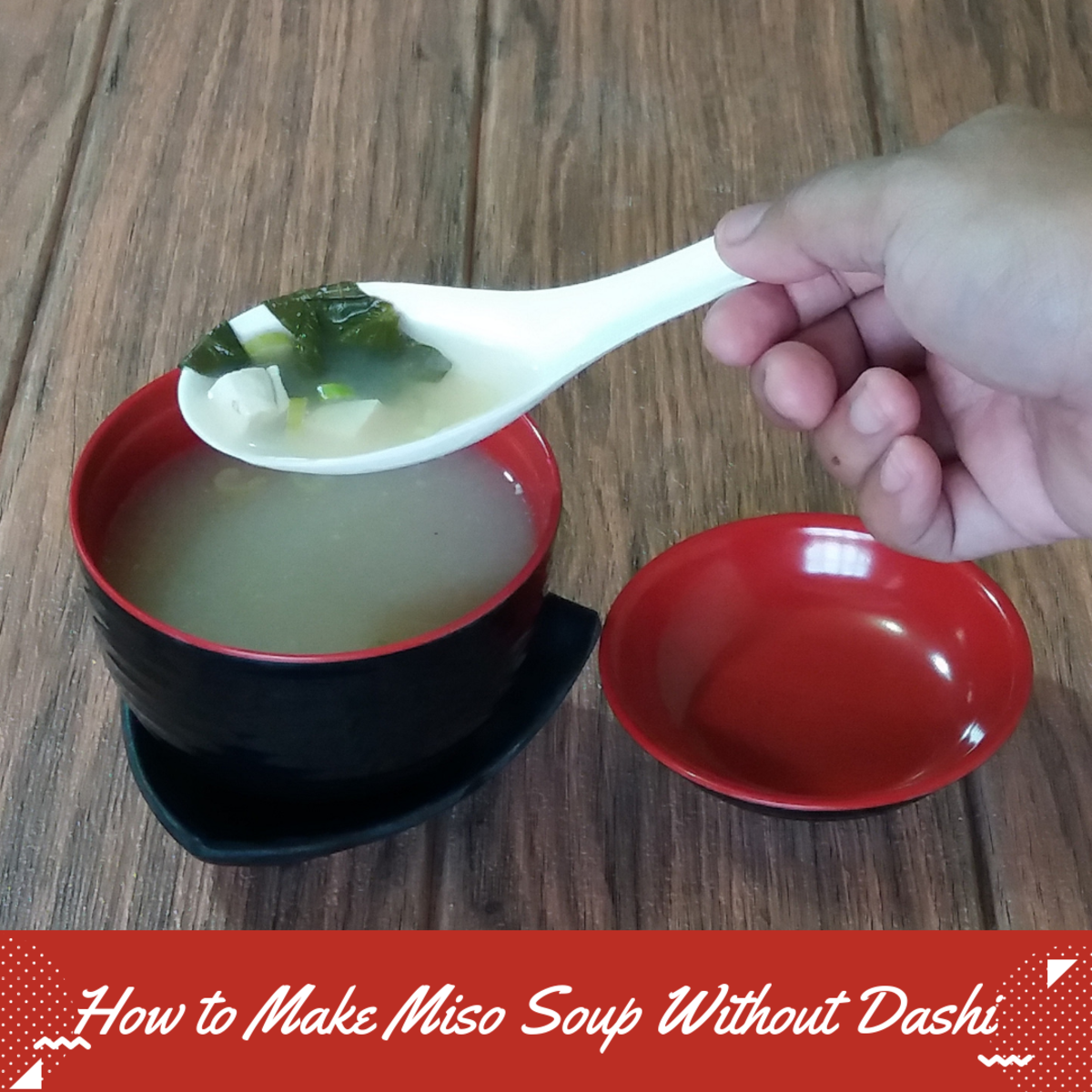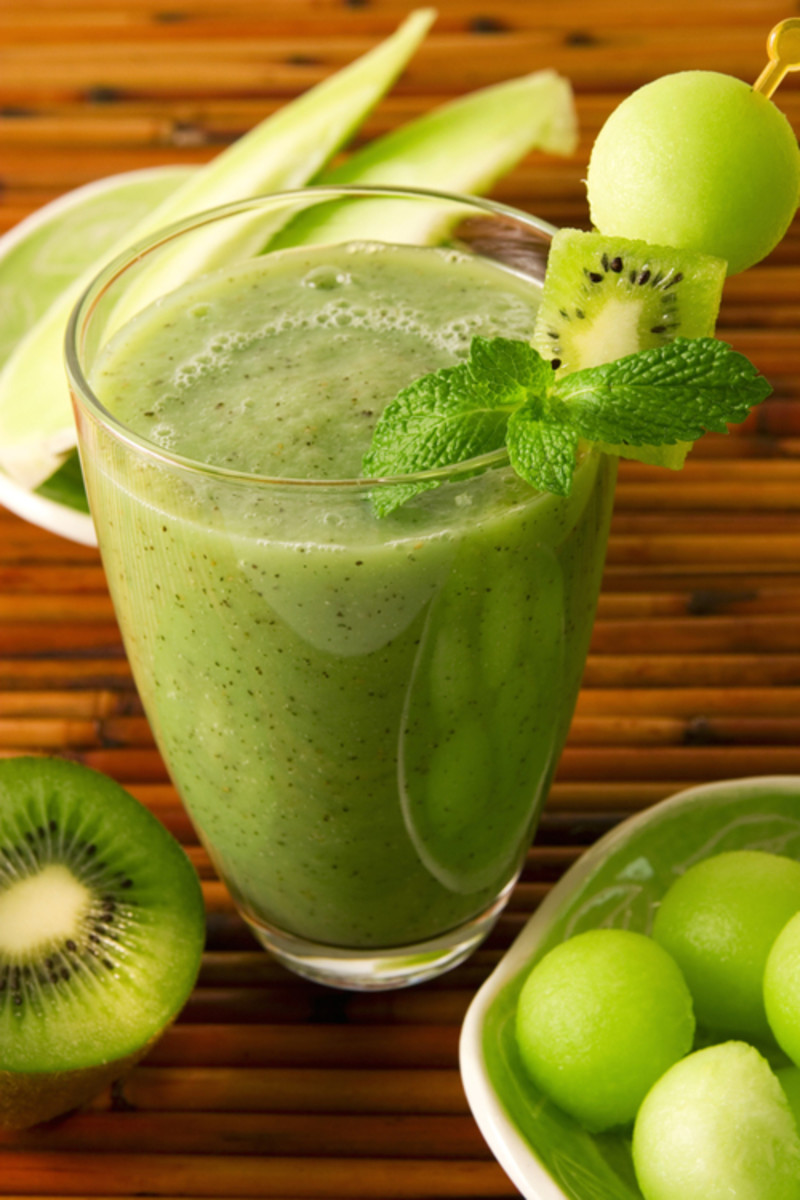- HubPages»
- Food and Cooking»
- World Cuisines»
- East Asian Cuisine
Scrumptious fresh sushi nutrition facts, the exotic cuisine from Japan
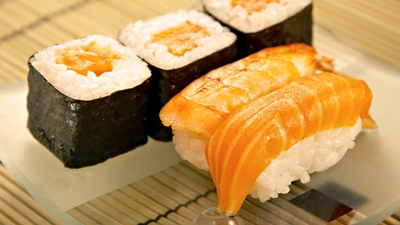
If you want to know the simple sushi nutrition facts, all I could say it is a well-balance diet which consisting a very small amount, acceptable saturated fat.
While on the other hand it has the high amount of unsaturated fat which will enhancing your cardiovascular wellness.
In addition, they have the adequate amount of carbohydrates, along with lean protein.
Sushi will always be made with serious passion and reflecting the illustrious Japanese work ethic in which resulting the beautiful simple dish to go along with amazing taste it always provide.
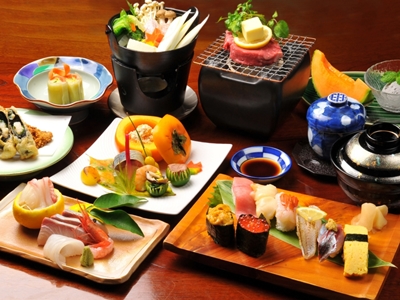
Brief history of sushi, the legendary cuisine from Japan
Before we go into a brief analysis of sushi nutrition facts, let’s first review the history of sushi.
As a matter of facts, and to my surprise sushi is not entirely has its major influence from Japanese culture.
They actually consisting of influences from outside Japan, and has gone through what I may call major evolution from several hundred of years in the making.
Modern sushi that we know today is simply a combination of flavored rice cooked with vinegar, combined with traditional Japanese style of Sashimi.
At first I was confused with the term sushi itself, because for long I recognized it as raw fish on rice bed, which at some point is true.
If you refer to the Edomae sushi (Tokyo used to be called Edo in the old days), where the ingredients were collected from the nearby bay, the modern Tokyo bay that we know today.
The real term, which in this case the real meaning of sushi is fermented meat or fish, and it has the origin from South East Asia long time ago.
Actually the fish were fermented on top of rice bed over time, and when ready the rice would be removed and people would only consume the fermented meat or fish.
Nevertheless, enough with the story, let’s find out what are the nutrition of sushi that millions of people in the world are craving about.
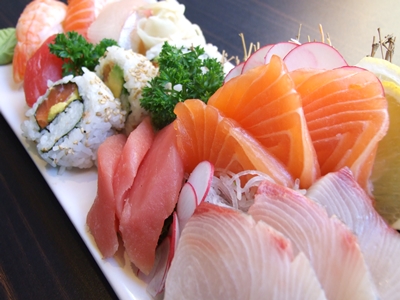
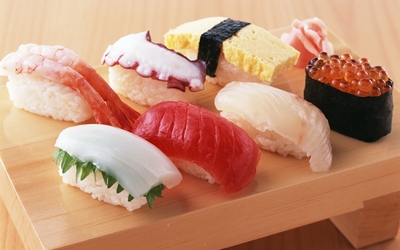
General Sushi Nutrition Facts, they are 100% healthy
Normally the rice of sushi will contribute to 25 to 35 of calories per serving, and there will be around 20 grams of sugars, and 10 to 15 grams of salt incorporated to make the rice vinegar.
Around 30% of this rice vinegar will be used to cook one cup of rice, which are going to be divided into twenty-five pieces of fresh sushi later.
Each single nigiri type sushi will have less than 1.0 calorie from the sugar, equal to less than 0.3 gram of carbohydrates, less than 0.50 grams of sodium, in other words, less than 3% of the daily recommendation.
The fat and protein content will be different depending of the type and ingredients.
Let’s put it this way, one piece of nigiri sushi will have about 1 gram protein, 4 grams carbohydrates, 0.4 grams unsaturated fat, 0.05 grams of sodium.
Looking at that number, you can have about 10 pieces of nigiri sushi in one day, and get the most of health benefits. The only thing missing is probably the fiber content it may lack of; however this you can overcome this by having vegetables of your choice as side dishes.
How much calories in sashimi and sushi we should know about?
Normally most sushi and sashimi in particular will have less calorie content.
You can get many benefits from eating sushi due to lower saturated fat and rich amount protein.
Most of calories will come from the rice, so the thicker the sushi roll the higher will be the calorie consumed.
The fish oil is the main health factor in sushi and sashimi dishes because they contain DHA omega 3 fat and EPA, as well as vitamin E.
The nori has minerals that found in the sea and vinegar will help your body’s metabolism.

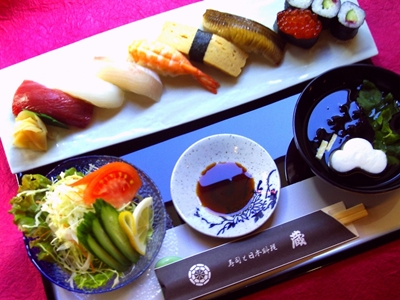
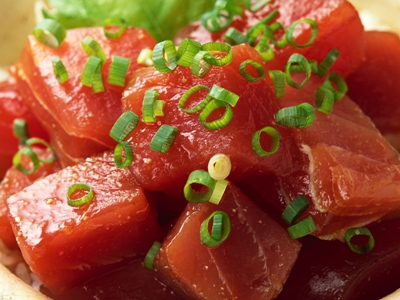
Sushi vs sashimi, why confuse? They are just equally delightful
Sushi vs sashimi, or sashimi vs sushi? It just doesn’t really matter; however sushi and sashimi are the two words which are hardly separated that you will come across more often when talking about the world of Japanese culinary art.
Sashimi and sushi are two different type of cuisine, but somehow they are closely related due to similar ingredients they are using.
At first, you may refer to sashimi as a finely prepared different species of thin sliced raw fish, to go with soy sauce and wasabi.
While on sushi, rice will be the main distinction.
Normally, Japanese sushi chef will serve you vinegar rice with limitless number of ingredients on top of it, the most popular ones are the sliced of different raw fish that is somehow similar to sashimi slices.
The Japanese main course dishes would have sashimi as the main course, while rice is served as side dishes.
Despite the fact that sashimi is eaten raw, it is highly regarded as one of the highest form of Japanese culinary art.
The preparation need a certain steps needs for creating perfection eventually to acquire the finest quality, the sashimi taste at its best.
Raw fish is not necessarily the only ingredient used for sashimi. Fresh shrimps, squids, and octopus are some from many other alternatives for creating the sashimi.
You can have original sushi, in the form of rice with fermented fish on top, the same way they are prepared hundreds of years ago in South East Asia.
The sushi today, is considered faster in the making, because you don’t need the fish to get fermented first, simply raw or slightly cooked fish are served on the rice.
Sushi and sashimi grade fish. Are they readily available in the market?
Actually there is NO definitive standard in defining the sushi and sashimi grade, the main concern is what is called the contaminant free from living parasite guarantee on every single fish or other types of raw seafood.
This method eliminating parasite, can be achieved by freezing and storing the fish and any other seafood designated to create sushi and sashimi at minus 20 degree Celsius or below for at least seven days long.
Alternatively you can get them freeze at minus 35 degree Celsius until it get solidified, and keep them at constantly minus 35 degree Celsius for 15 hours or more. I believe every country would have similar policy in protecting their people from parasite contamination of fresh raw seafood.
I think this is the normal and standard procedure that every sushi restaurant in the world should be able to provide such safety measure, or they probably should obtain certain certification that make them qualify for serving raw dishes.
I am sure there is strict health related policy on this specific issue. So as long as you know that there is such a thing exist in the place you come from, there is nothing you have to worry about. Enjoy your fresh sushi. Take care!
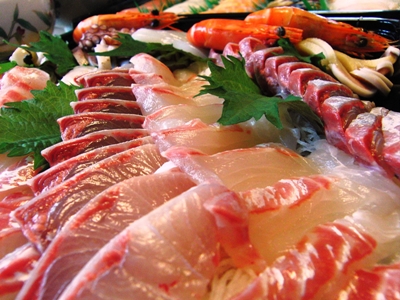
More Japan related Hubs
- The busiest Tsukiji fish market and the biggest one ...
Get up early and head to the iconic Tsukiji fish market in Tokyo. You will get to see the famous tuna fish auctions. If you want to learn more about Japanese food culture, this place is a good way to start what you're searching for. - Scrumptious fresh sushi nutrition facts, the exotic ...
There is nothing we should worry about eating sushi. In fact sushi nutrition facts reveal that it has high concentrate of unsaturated fat that is good for your cardiovascular system. So what are you waiting for? Grab a bite of fresh delicious sushi t - The heavy sumo wrestler diet, the secret behind powe...
The secret behind a rikishi, or sumo wrestler is the sumo wrestler diet, low fat but high in calories. This is the unique life-style they have to experience in order to achieve the highest stature in the sport that Japan so proud of. - Wagyu kobe beef, what an intense marbling experience
Wagyu kobe beef, real life example how serious japanese show their commitment toward creating one of the best, arguably highest quality of meat in the world
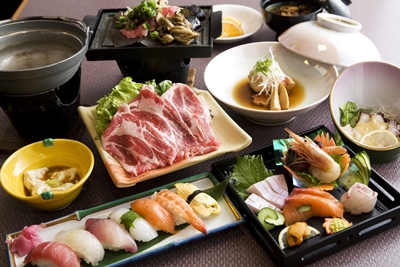
More interesting hubs on cooking
Are there any simple recipes with bulgur?
Are there simple recipes with bulgur? There are a lot. But the most important part of having bulgur as breakfast is because its complete nutrient content it has. So try it for yourself and let me know.
How to cook sirloin steak, the best way to make is choosing the top quality of beef
How to cook sirloin steak? Actually it is quite simple, everybody just can cook it. All we need is to follow basic simple steps, from choosing the right meat, using the right seasoning, follow the cooking method, and after cooked handling. It is fun, and absolutely taste delicious. What are you waiting for? Let us cook sirloin steak today.
Special fragrant basmati rice cooking style
Basmati rice cooking, has been part of Indian culture for a very long time. This fragrance rice are so famous, because it taste and wonderful aroma, when cooked perfectly, you will get an ultimate taste that you will never forget.


